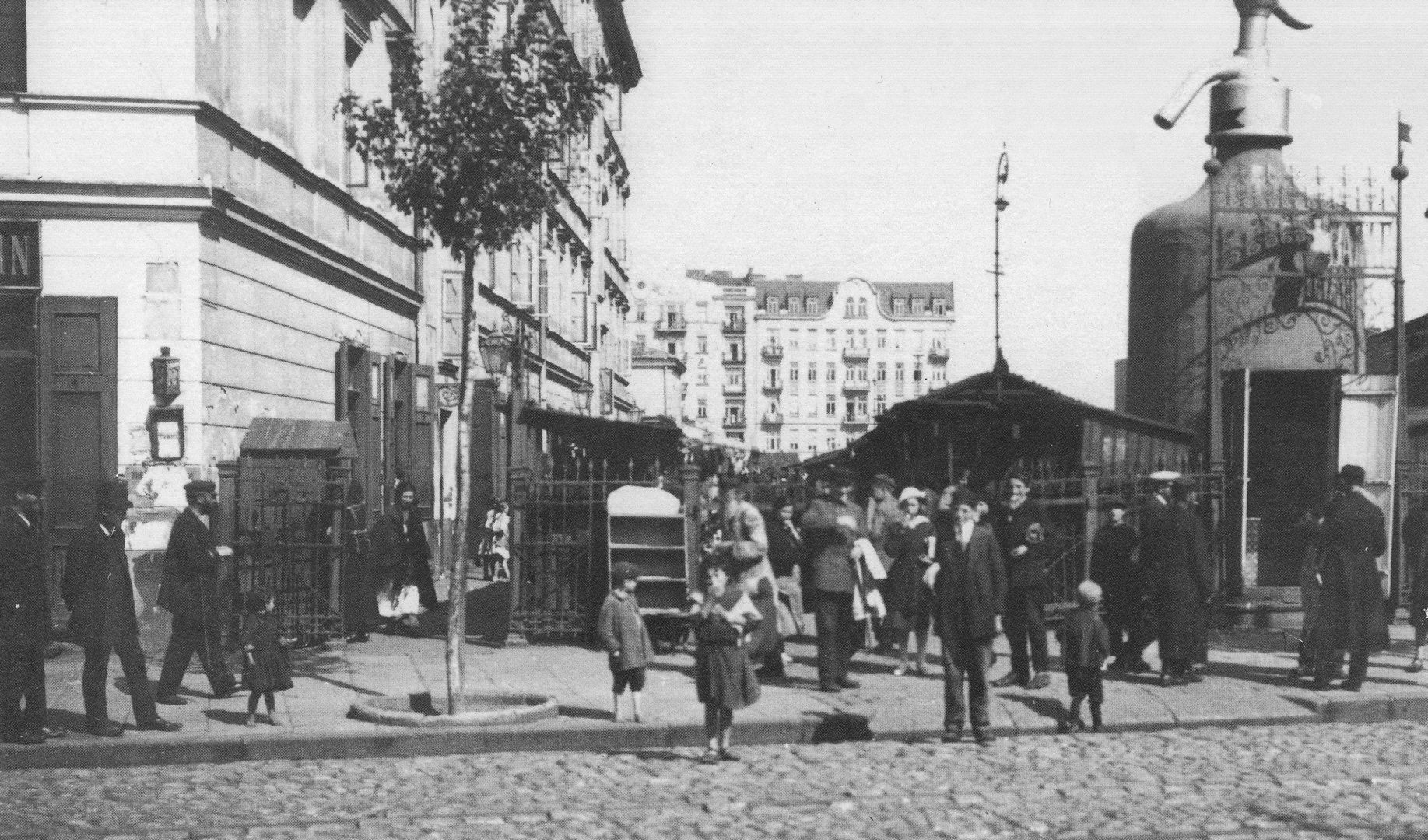Rose Market
6.23

Overview
Różycki Bazaar, also known as Różyc, is a well-known Warsaw market located in the Praga-Północ district, at 54 Targowa Street. Established in 1882 on the initiative of Julian Różycki on the site previously occupied by marketplaces, it has played a significant role in the commercial life of Praga, whose history dates back to 1648 when it was granted town rights. The market's architecture originally featured decorative cast-iron fencing and several covered stalls, with numerous small trading booths added later. It served as a transshipment point, contributing to the dynamic growth of trade, especially after the abolition of customs barriers with Russia and the construction of bridges. During World War II, the bazaar was a place where rationed goods and armaments were traded, and merchants supported local initiatives, such as providing food for wounded soldiers. After the war, the market transformed into a hub for wholesale trade and local traditions. Although it initially thrived in the 1990s, it later declined due to growing competition. Today, though smaller in scale, the bazaar continues to operate as a cultural site where traditional dishes like flaki (tripe soup) and pyzy (dumplings) can be found. It has been immortalized in literature, films, and poetry, underscoring its importance in Warsaw's culture. In 2012, the bazaar was added to the municipal register of historical monuments, and its history and character remain etched in the memory of residents as an integral part of Warsaw's folklore.
Location
Tickets
Powered by GetYourGuide
2025 Wizytor | All Rights Reserved